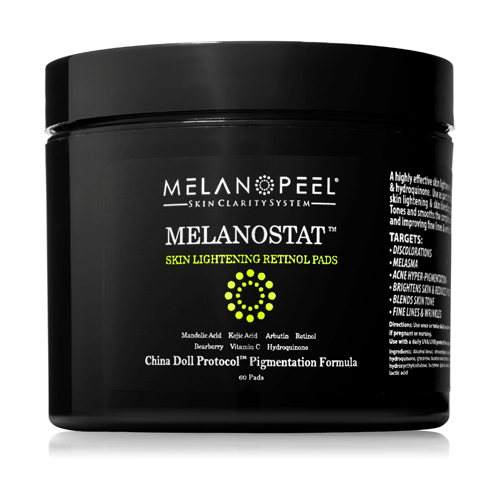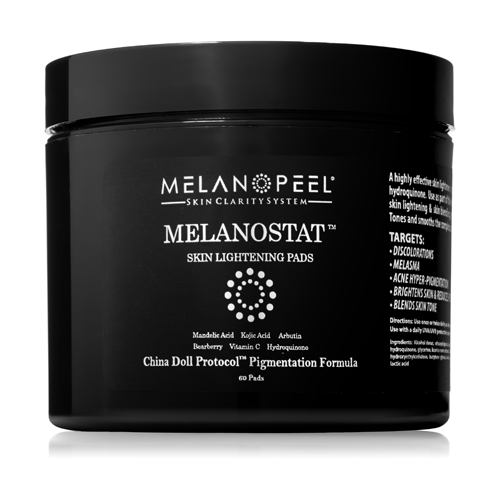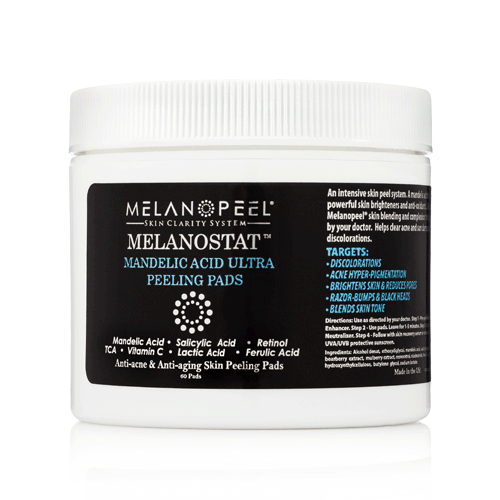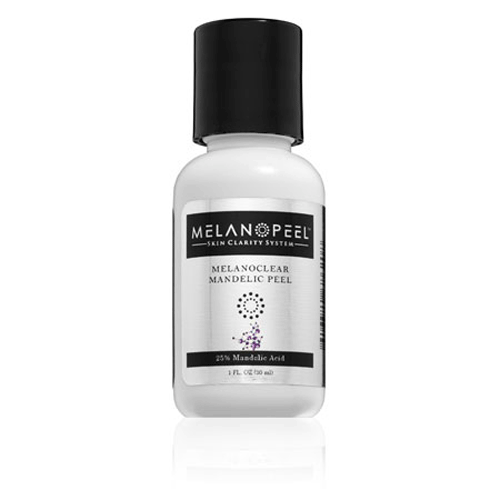Melasma is one of the hardest skin conditions to get under control. Wouldn’t it be ideal if one could simply get an instantly airbrushed and photoshopped face?
Sadly, the closest alternative to this is heavy camouflage makeup. Most women, however, would much prefer the freedom of having naturally beautiful and clear skin without the need for heavy cosmetic coverage.
Melasma treatment needs commitment.
Achieving #nomakeup #clearskin is possible. But it takes commitment, and the magic of mandelic acid and the Melanopeel® Skin Clarity system.
While mandelic acid is just one of the many active ingredients we use for melasma, our unique protocols and schedules for combining mandelic acid with other key ingredients really mean that you get the best long-term results and the clearest skin possible, with the least rebound of your melasma.
About mandelic acid:
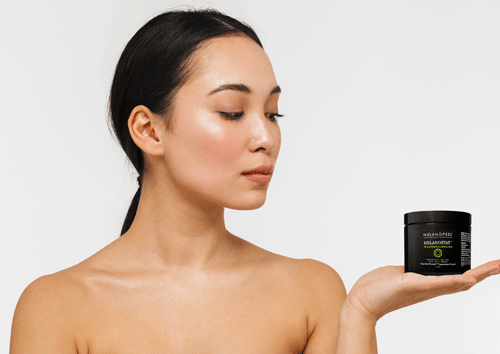
Mandelic acid is a very unique alpha hydroxy acid. It is naturally antibacterial, and has been used safely in medicine since the 1930’s for the treatment of urinary tract infections. On the face, mandelic acid has shown remarkable properties for targeting oil, acne, and excessive pigmentation from post inflammatory pigmentation (PIH) and melasma.
This acid is naturally derived from bitter almonds (the German translation for almonds is Mandel) and has a molecular structure larger than other common facial alpha hydroxy acids such as glycolic acid. The structure of mandelic acid also has a side chain similar to salicylic acid that has an excellent binding affinity for oils.
The benefits of mandelic acid for melasma:
Mandelic acid has shown that it has the ability to laser-target pigmentation, although the specific mechanism of action for this is not understood. What we do know is that the larger molecular size of mandelic acid makes it penetrate slower into the skin, with less irritation and redness when compared to other alpha hydroxys such as glycolic acid.
When it comes to helping with pigmentation of melasma, our mandelic acid protocols have shown excellent results and long-term stability.
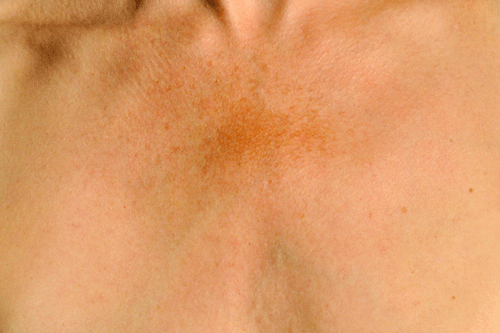
We have also seen less angry rebounding of unhappy melasma pigmentation when the skin is suddenly exposed to heavy sunlight.
A possible reason for this is that the low irritation factor of mandelic acid when resurfacing the skin allows for better harmony of our other active skin lighteners when penetrating. This lowered skin irritation means that the melanin-producing melasma cells are able to remain calmer while the other active ingredients and skin lighteners do their thing.
Remember that mandelic acid on it’s own has skin-lightening capabilities, so this all makes for a great recipe in reducing melasma pigmentation.
Our top mandelic acid picks for melasma:
Mandelic Retinol Lightening Pads Mandelic Lightening Pads Mandelic Ultra TCA Peel Pads Mandelic Peel Pads Mandelic Acid Toner Mandelic Night Serum Rx Mandelic Acid Home Peel Mandelic Ultra TCA Home Peel



